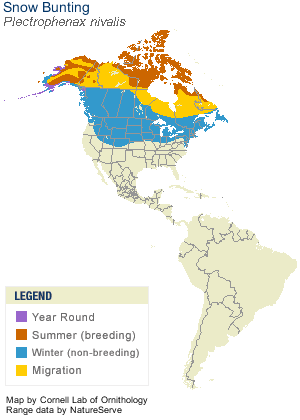We hiked west from 40th Avenue West along the SHT toward Peace Ridge. The SHT in Duluth runs through four or five long stretches of what I call "dwarf forest." Aspen, oak and maple are growing there, but the soil is so thin and the climate so exposed (really? In Duluth?) that the trees only grow about 20 feet tall.
The combination of the fog and the dwarf forest made the short hike kinda spooky. The views are spectacular from Peace Ridge, taking in all of western Duluth and the St. Louis River. All I could see yesterday was fog. The sounds of the city, however, were everywhere, dispersed and resonating in the fog.
My destination was this rock looking southwest over Peace Ridge. I remember this as "the last happy place." On September 11, 2001, I sat here with Gayle Coyer of the Superior Hiking Trail Association, geologist John Green, and outdoor writer Sam Cook. We knew that the planes had hit the World Trade Center and that one of the towers had collapsed, but we didn't know about all the wars and pain to come.
 In a sense, we were in a fog that day too. The world was noisy and changing around us, but we only saw what was in front of us. A storm was on the way.
In a sense, we were in a fog that day too. The world was noisy and changing around us, but we only saw what was in front of us. A storm was on the way. But today's storm will pass and we'll all survive just fine.
















